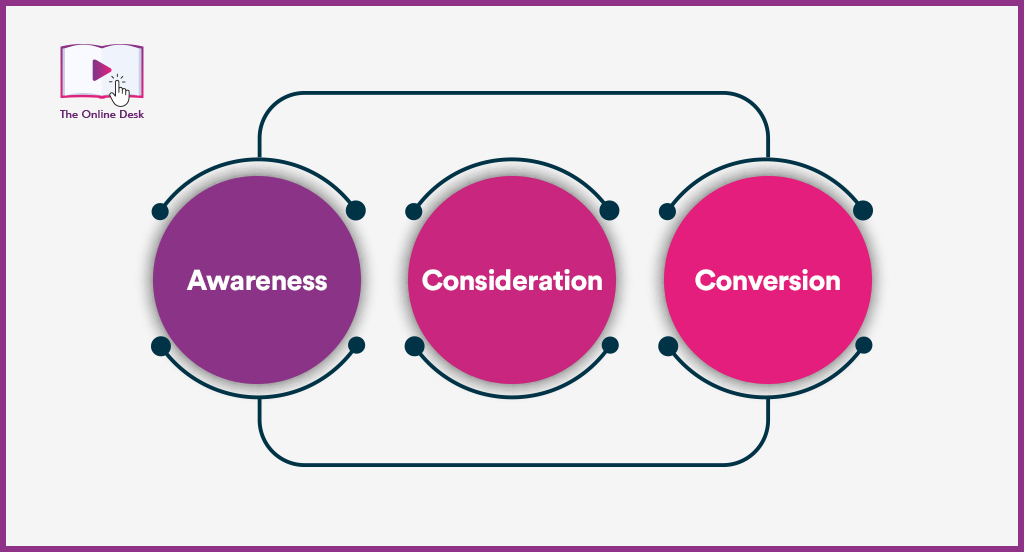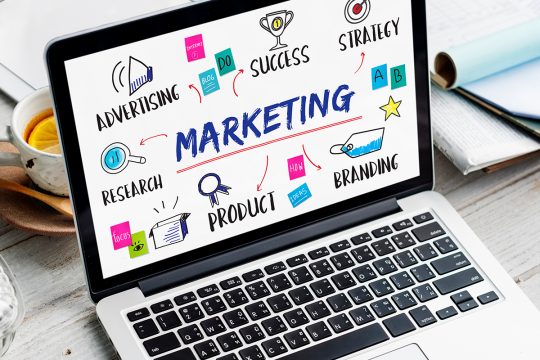Defining content marketing
When you have great content, your customers will look forward to receiving it – whether that’s via a new video uploaded to your website, a funny email, or an informative blog post. They will want to spend time with it and share it with their friends. This positive sentiment, in turn, can be great for your bottom line, as it usually leads to better customers who are loyal to your brand.
So it makes sense to ensure that content marketing is at the heart of all your marketing tactics. Let’s dive straight into the world of content marketing and what it can do for your business.
We start with a definition of content marketing. Content marketing is the creation and sharing of content in different formats such as videos, blogs, and social media posts, to build interest in a product or service.
It is becoming increasingly important for marketers to understand content marketing and to know how to use it effectively. The rise of ad blockers, algorithms, private social, and many other factors is increasingly limiting our ability to reach consumers. However, content marketing cuts through these barriers, because it is centered on creating written and visual assets that have a genuine and intrinsic value to people.
This requires a change of thinking for many marketers, because it doesn’t feel like marketing. And this is precisely why it works.
Purpose of content marketing
The purpose of content marketing is to drive both inbound customer engagement and organic searches (using search engine optimization, or SEO) from a defined audience, which can then be nurtured to convert into valuable customers. Content is strategically created or curated, and distributed in key locations across the internet to attract customers to your website.
What is Inbound marketing?
But what exactly is inbound marketing? Well, it’s a strategy where brands use content marketing to attract customers. The key driver of inbound marketing is consumer intent as potential customers actively seek out the brand’s content. As a result, consumers are more engaged and open to taking action than if the brand were to communicate with them when they are not actively interested.
What is Outbound marketing?
Outbound marketing, on the other hand, is when the brand pushes its messages out to as many people as it can within a target audience. The brand believes that this audience is a good match for the product or service being advertised. Of course, consumers might not be interested in the product at that particular time! So outbound advertising is generally less effective than inbound marketing at driving action.
What is a content marketing strategy?
Content marketing drives valuable search traffic and social engagement. These in turn can increase the number of valuable actions taken by your audience.
To create a successful content marketing campaign, you first need a strategy! This sets out the objectives and scope of your project. It keeps everything on track while providing a roadmap outlining the different aspects of your campaign.

Applying funnel techniques
You can use the conversion funnel as a guide when planning your content marketing strategy. This enables you to map your content to key decision points in the consumer journey and address their needs. The conversion funnel helps you understand the consumer journey by tracking the different steps a typical consumer would complete on the way to taking a valuable action, such as a purchase, sign up, or contact request. Content marketers should use funnel insights and knowledge to drive more valuable customer engagement.
In order to apply funnel techniques to your content strategy:
- Begin with awareness content for the top of the funnel to get the word out there.
- Create consideration content for the middle parts of the funnel, when people are assessing options in the market.
- Produce high-impact conversion content for the bottom of the funnel. This drives people to take action.
- Create retention content for past purchasers to turn them into repeat purchasers, or even brand advocates.
- It might also be worth creating re–engagement content for people who’ve dropped out at different stages of the consumer journey to entice them back.
Where appropriate, marketers can use what is known as hero content as part of the funnel. This is high-value content that aims to drive brand awareness. Although it is created less frequently, it can cause a brand’s message to go viral! Examples of hero content include research studies, high quality infographics, e-books, and highly unique and desirable audio/video (AV) content such as exclusive videos or podcasts.

What is a content strategy?
So why develop a content strategy? Well, there are a lot of moving parts in a content strategy. Clearly, it’s a useful document to create to get buy-in and sign-off from stakeholders. It can also act as a roadmap for the project itself. And it can be referred to when queries arise and can be adapted to suit the changing needs of the campaign and audience, as required.
A content strategy ensures content is developed for purpose by:
- Defining your objectives, KPIs, budgets, and audience personas
- Capturing your brand or campaign story
- Detailing production pieces, such as formats and timings
- Outlining distribution channels
- Measuring the performance of your content in terms of business impact and KPIs
Key considerations when developing a content strategy
Take into account these key considerations, dependencies, and constraints when developing a content strategy:
- Scope of production: Identify the type and quantity of assets and formats you plan to deliver.
- Timeline for production: When will you deliver each part of the strategy? Plan your timeline carefully and ensure you’ve allowed enough time for each stage of production.
- Budget and production resources: What is required in terms of money and people to deliver your content efficiently?
- Upstream dependencies: What has to happen for the strategy to progress? Try to identify any potential issues in advance and put a solution or alternative plan into place.
- Downstream dependencies: What must the strategy deliver for something else to progress?
- Risks: What could happen to derail the plan? Factor in some contingency time for unexpected delays or complications.
It takes time to plan and execute a content marketing strategy effectively. Because there are many moving parts, you’ll need to be flexible and ensure your strategy is agile. Can it evolve in response to changing business objectives, KPIs, and performance? More than any other discipline, content and asset production takes time and money. So, in order for the strategy to succeed, you must understand the full requirements to deliver on your plan from the beginning.


